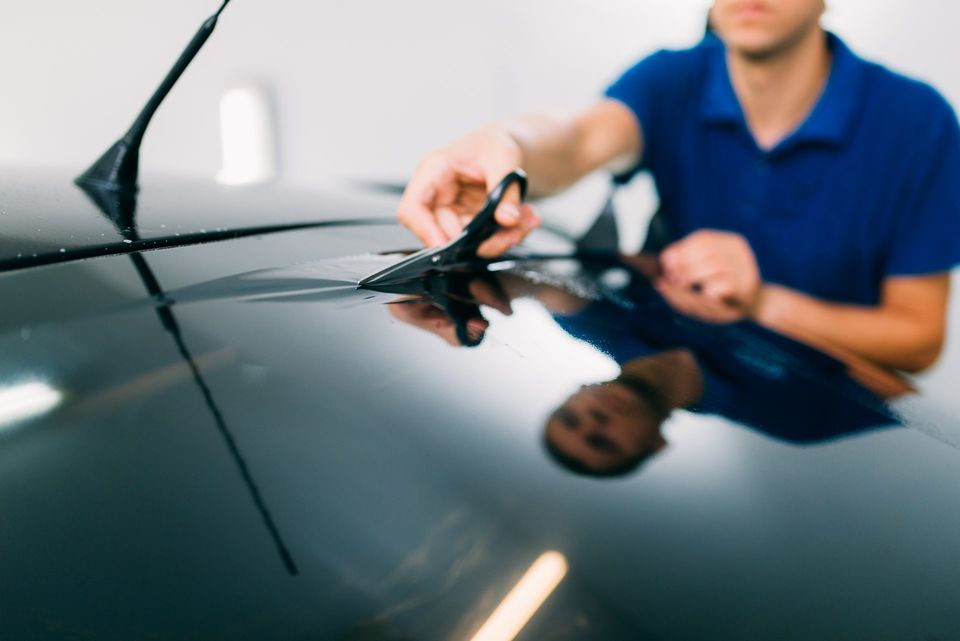What is the difference between Ceramic window tint and Metal hybrid tint?
CERAMIC WINDOW TINT:
a high-performance film created especially for IR (infrared) denial. Ceramic tint employs nanotechnology and ceramics that are so tiny that they are not only invisible to the unaided eye but also imperceptible under a standard microscope.
As a result, the film is durable, won't corrode, and improves your vision with more clarity. Ceramic films have comparable heat rejection properties to metal and Carbon XP films and work best against infrared (IR) light. Ceramic films have one drawback: they appear lighter than other kinds, which may put off people looking for the darkest finish.
Benefits:
There is no technological intrusion.
less prone to tagging and clawing.
very high heat resistance.
Ultraviolet Blocking: 99%
superior ability to resist infrared heat
Compromises:
compared to other films, more translucent and lighter.
a reduced level of seclusion.
Lower refusal of glare.
more costly than other movies
Varieties offered at Altapac
In addition to improved solar performance and infrared rejection, CeramicIR provides all the performance benefits of our well-liked CarbonXP line.
Technology using nano-hybrid carbon and ceramic materials.
A durable, non-reflective dark finish.
Rejection of heat and radiation is exceptional.
99% of harmful UV rays are blocked, protecting both the interior and the passengers of the car.
There is no transmission interference.
Manufacturer's lifelong limited warranty* that includes anti-film fading protection
METAL HYBRID TINT
a windscreen tint that rejects a lot of heat, which can occasionally affect technology like GPS and AM radios. Metal elements of a variety are added to the construction of metal films, as recommended. The idea behind this is to allow the film to have better reflective properties for rejecting heat.
In order to preserve the enduringly famous "black" appearance, metal films also have other colouring components added to dull the metallic finish. However, in the proper light, they do exhibit a variety of metallic constructional characteristics, such as shimmering or appearing to have an oil slick covering the window.
Antennas built into car glass can experience different degrees of interference from metal films.
Benefits:
increased heat loss.
Rejection by IR.
average avoidance of glare.
Ultraviolet Blocking: 99%
Compromises:
Depending on the lighting, it can occasionally appear shimmery or faintly reflective.
can cause issues with technology in some cars, including the AM antenna, GPS receiver, and Bluetooth.
Varieties offered at Altapac:
In a hybrid picture, Altapac HP Supreme is the pinnacle of the pinnacle. a metal hybrid with good solar heat rejection properties that is color-stable. With a lifelong warranty and one of the darkest Visible Light Transmissions (VLTs) offered at 4%, HP Supreme also provides superior optical clarity.
Guaranteed not to fade or alter color.
very high heat resistance.
Excellent decrease of glare.
more than 99% of dangerous UVA and UVB rays are blocked.
accessible in seven colors.
Lifetime limited guarantee

Comments
Post a Comment